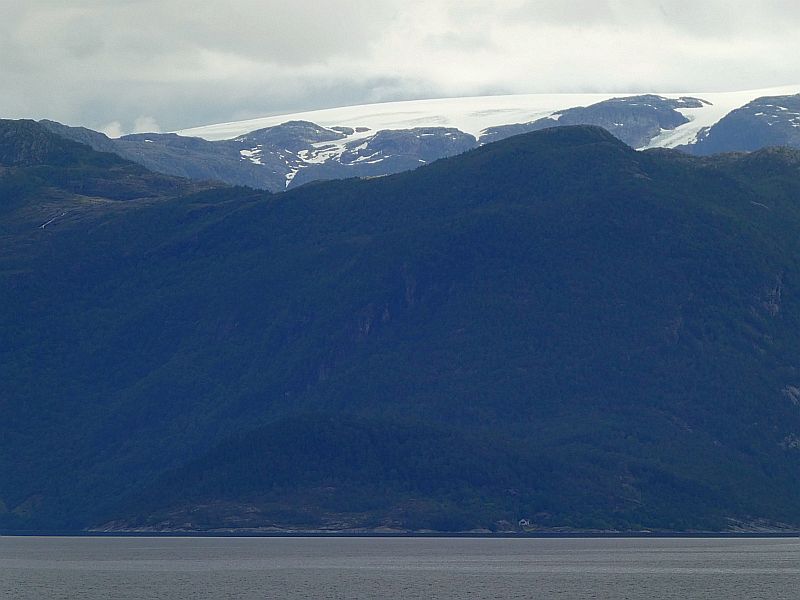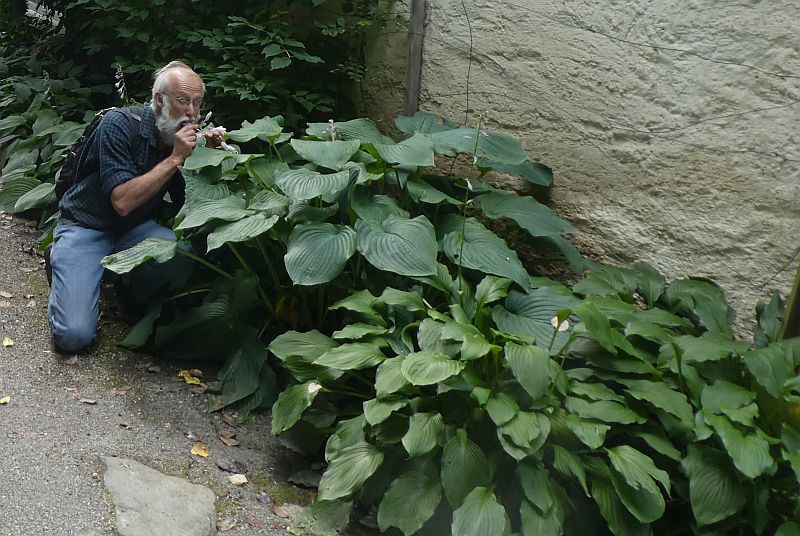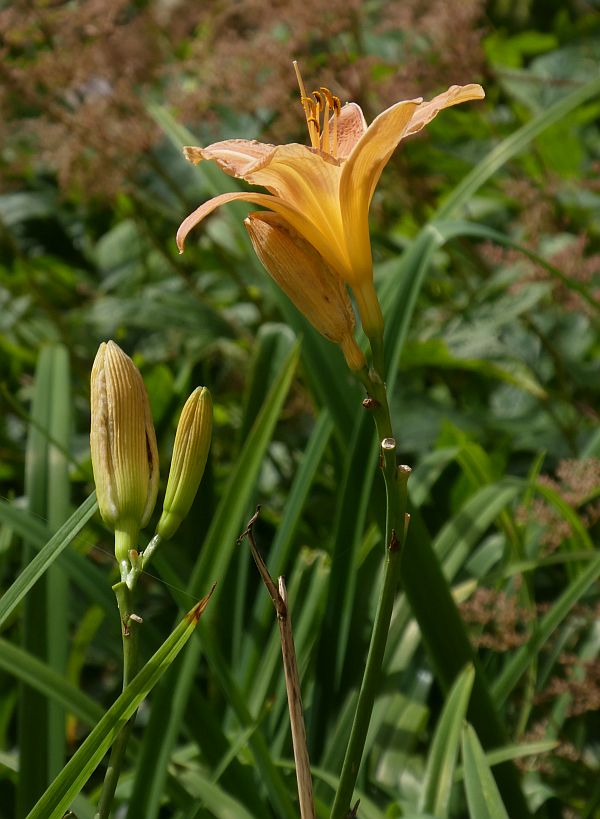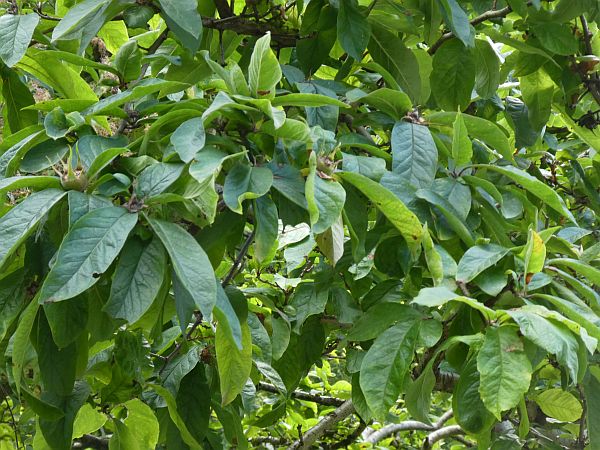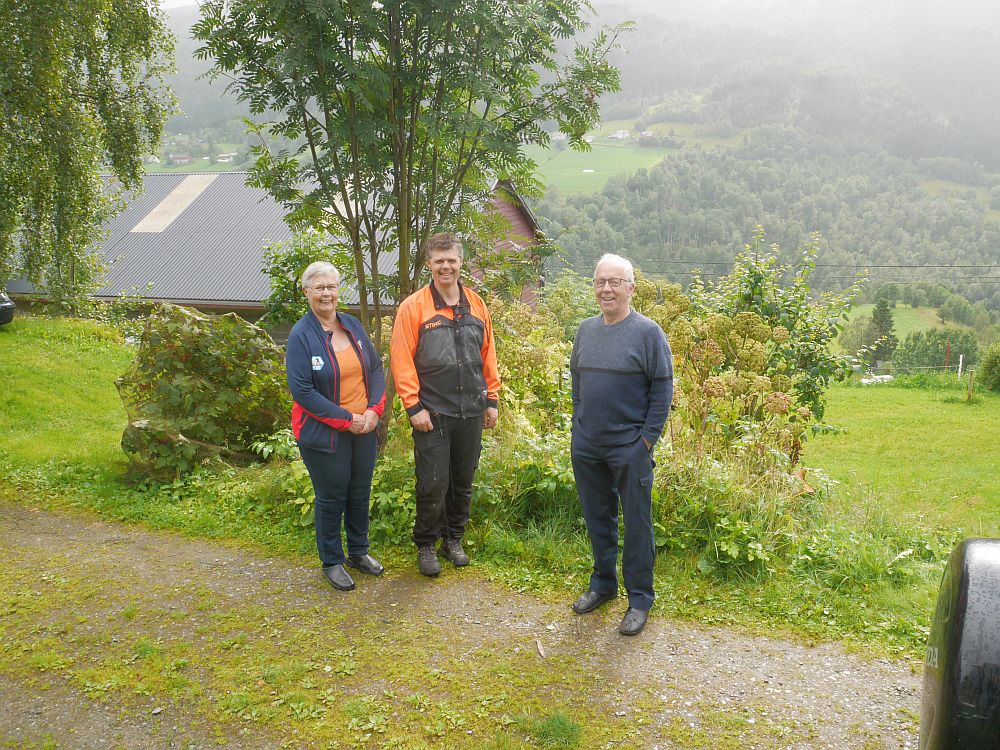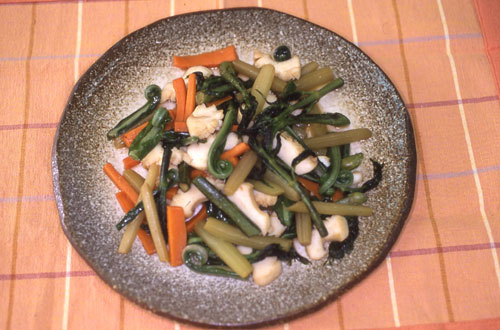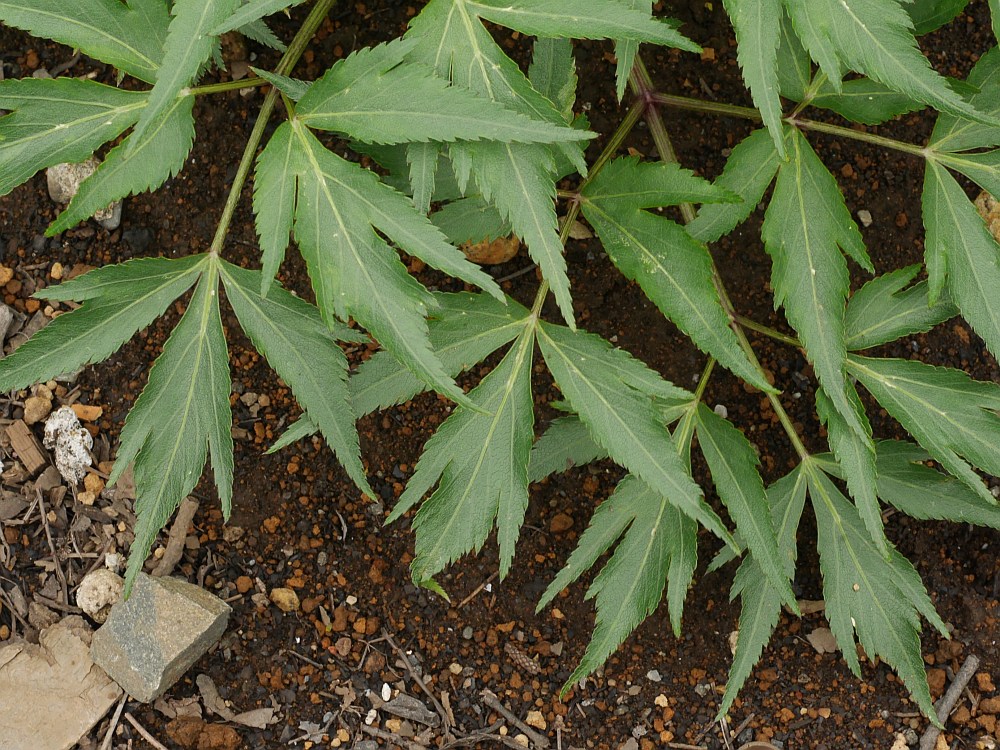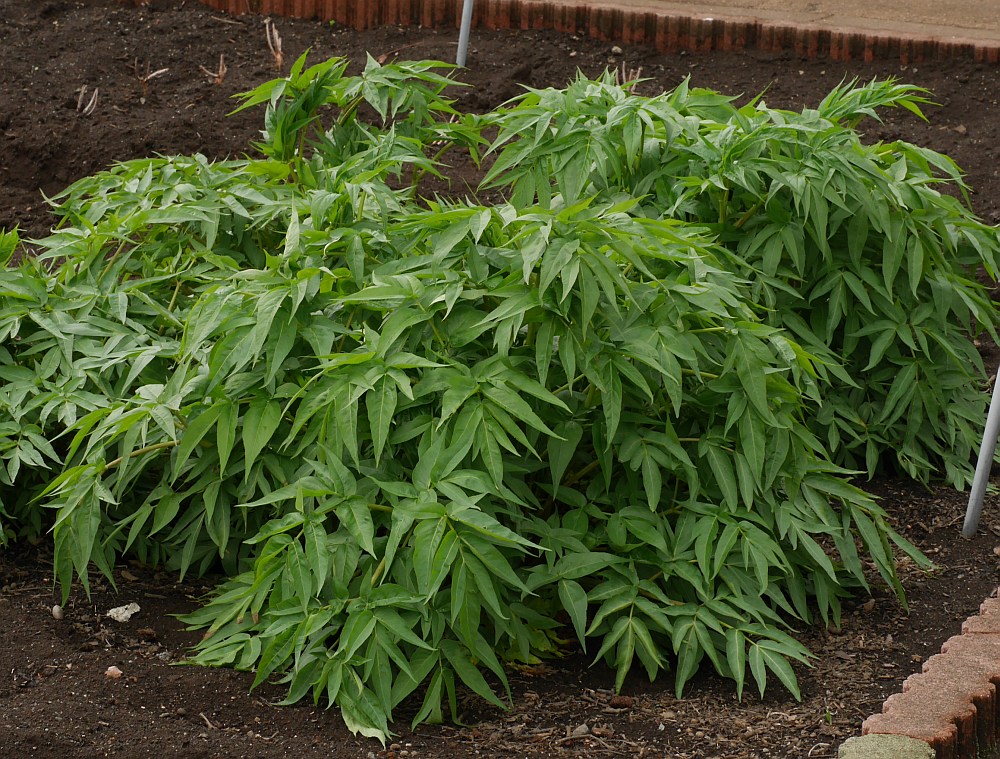My latest book has been published on Monday (with 199 co-authors 😉 ). This is the 300 page Arctic Encyclopaedia and the good news is that it can be downloaded for free at ARCTIC ENCYCLOPAEDIA.
The book explores a wide array of themes—from adventure, aquaculture, food production as well as mining, myths and mental health—with entries spanning the letters A to Ø. Each contributor was assigned a word to define in under 350 words through a short text, poem, photograph, or drawing. My word was GARDEN! You can read my contribution in the picture.

Tag Archives: Vossakvann
27th March Veggies from the garden
Tonight we made a quiche (eggepai) with these vegetables:
Allium nutans (Siberian nodding onion)
Allium cernuum (nodding onion / prærieløk)
Dystaenia takesimana (Giant Ulleung Celery)
Brassica oleracea (Perennial kale / flerårige kål)
Allium paradoxum
Allium oleraceum
Alliaria petiolata (hedge garlic / løkurt)
Angelica archangelica (Voss Angelica / Vossakvann)
Myrrhis odorata (Sweet cicely / spansk kjørvel)
Tragopogon pratensis shoots ( Jack-go-to-bed-at-noon / geitskjegg)
Carum carvi (caraway / karve)
Aegopodium podograria (ground elder / skvallerkål)
Hablitzia tamnoides (Caucasian spinach / stjernemelde)
Taraxacum officinale (dandelion / løvetann)
Rumex acetosa (sorrel / engsyre)
Smyrnium olusatrum (Alexanders / sorte løpstikke)
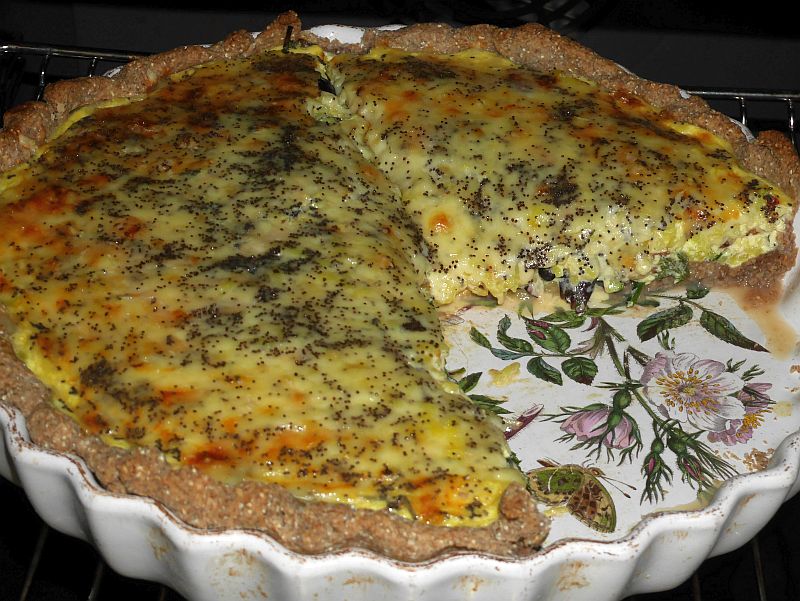
Artikler om grønnsaksarven fra Hagetidend
English: In 2011, I wrote a series of one page articles about Norwegian heirloom vegetables in Norsk Hagetidend (the magazine of the Norwegian Horticultural Society) in Norwegian. The complete series can be found below.
- Fjellmandel og takløk (Mandel potato and the roof onions of Gudbrandsdal)
2. Aleksandra hvitløk (Garlic Aleksandra)
3. Hagemelde “Backlund-Bly” fra USA (Garden orach Backlund-Bly from Seed Savers Exchange i USA)
4. Stjernemelde (Caucasian spinach, Hablitzia tamnoides)
5. Vossakvann (Voss Angelica)
6. Seiersløk fra Lofoten (Victory onion, Allium victorialis from Lofoten)
7. Luftløk fra Udøy (Walking onion, Allium x proliferum from the island Udøy and Catawissa onion)
8. Jordskokk fra Ontario (Jerusalem artichoke from Ontario that travelled the world)
9. Maries høje ært (Marie’s pea…from Norway to Denmark and back)
10. Tante Cis tomat (Tante Cis or Ansofs Gule tomat)
Baroniet Rosendal
Kvann foredrag i Trondheim
Etter foredraget begynte møtelederen faktisk å fortelle forsamlingen om at det var til og med dannet en forening KVANN…før jeg kunne fortelle dette selv… Jeg kunne derfor sto opp og fortelle at jeg var faktisk KVANNs leder og jeg fortalte litt om oss….
Her er hele foredrag til Ingerid:
KVANN-2017.11.11a
Ivar B. Løne and Mylna
See Mylna’s FB page here https://www.facebook.com/
…and Ivar’s visit to drink tea with the King:
http://idebanken.origo.no/
Kvannsafari to Olde in Bordalen
Kvann is Norwegian Mountain Angelica, Angelica archangelica ssp. archangelica, one of the most important plants in Norwegian history, used as a vegetable back to the times of the Vikings and an important exported medicinal herb in the past. It was a very important vegetable of the Sami people! In my book “Around the World in 80 plants”, I tell the story of a special form of kvann, known as Vossakvann, traditionally cultivated in special Kvann-yards (kvannagard) on the farms in this area. A good historical review of this plant can be found in Ove Fosså’s paper (see below) and, in Norwegian, please search for Vossakvann on Norwegian Seed Savers web site, http://kvann.no).
The aim of our trip was to visit one of the last farms still growing Vossakvann, Olde in Bordalen. Vossakvann has almost filled (solid) leaf and flower stalks whilst wild plants are hollow …in other words, there’s more “flesh”… It is also milder tasting, perhaps because there’s more flesh, the plant producing the same amount of bitter substances which are spread over a larger volume?
Jorunn Ringheim Hernes, who had recently retired from Landbruksrådgivning (the agricultural advisory service) in Voss, had arranged with the farmer, Knut Arvid Olde, to visit. Some years ago, Jorunn had sent me a couple of plants from a different line of Vossakvann, Elgje. Sadly, this line had recently been lost due to the seed not germinating. Further, a third line at Markusteigen has almost disappeared locally due to the fact that the kvannagard had not been looked after (repeatedly cut down) and only 3-4 plants could be found on a visit there last week. The farmer is now aware of this and will try to look after and build up the kvannagard again! The Markusteigen line is the one line from which plants still exist away from Voss (in Oslo and in Orkanger) (seed were collected a few years ago).
I’d heard that Knut Arvid Olde was enthusiastic to conserve this unique variety on the farm and this was confirmed during our visit, although there was a sense of panic in his voice when he heard that his kvannagard was the only one left, partly as he had planned to sell some of the harvest to a local cheese producer! There were about 30 flowering stalks full of seeds and below the plants many self-sowed young plants. I was surprised that all the young plants I tested had solid stalks and Knut Arvid said that they hadn’t selected for this property… I had previously learned that only a percentage of seed propagated plants had the characteristics of Vossakvann, but here they all seemed to be true to form!
Jorunn Hernes will return in a week or two to collect seed during drier weather (it was wet during our visit and only a few seed were ripe). Landbruksrådgivning also have a project to make a trial kvannagard and Knut Arvid was positive that it could be on his land using his line!
Norwegian Seed Savers is, confusingly here, called KVANN (see http://kvann.no) as this is our most important native useful plant traditionally. We have a project, coordinated by Stephen Barstow and Åsmund Asdal and new web pages are planned) in which we are trying to conserve the different lines of Vossakvann with help of the seed saver network and perhaps also further develop a more stable cultivar.
Encounters with Angelica in Japan!

In Japan, no less than 11 species are covered in my most comprehensive Japanese foraging book, Ikozo Hashimoto’s Edible Wild Plants Encyclopedia (in Japanese). On my study trip to Japan in late March / early April 2016, we spent a few days on the scenic Izu Peninsula, a couple of hours from Tokyo. Here we found the best known Japanese species, Angelica keiskei (ashitaba) for sale in a supermarket (picture).
I wrote about my first encounter with this species here: http://www.edimentals.com/blog/?page_id=1385
(the Japanese name ashitaba means “tomorrow’s leaves”, referring to the plants very quick response to being damaged)
I wasn’t aware of it at the time, but ashitaba is endemic to the island Hachijō-jima (jima means island), one of a string of volcanic islands in the Pacific roughly 190 km south of Izu. Apart from Hachijō, ashitaba is cultivated on some of the other islands, including Izu Ōshima, Mikura-jima, Nii-jima and To-shima. It is also grown on the mainland (Honshū). Hachijo has a humid subtropical climate with very warm summers and mild winters, so it’s not surprising it didn’t overwinter in my garden and grew only slowly through the summer (more like winter in Hachijo!). It is an important plant for the local cuisine on the island where both the leaf and flower stalks, flower buds and roots are used in many types of dish from soba (buckwheat pasta), tempura, the alcoholic shōchū, as well as tea, cakes, konjac and even ice cream and is promoted for its health giving properties. In Izu oshima, it is fried in Camellia tea oil, an oil with a sweet, herbal aroma, cold-pressed from the seeds of Camellia oleifera. It is relatively strong tasting and is therefore mostly eaten in oily dishes like tempura or diluted for a milder taste. A nutrient analysis of ashitaba can be found here: http://www.mext.go.jp/b_menu/shingi/gijyutu/gijyutu3/toushin/05031802/002/006.pdf
Interestingly, the variety grown on Mikura-jima is said to be the best as it is less bitter. This variety has “thick” stems, which calls to mind our own thick stemmed Vossakvann variety which is also milder tasting! Varieties on other islands are said to be distinct, having coloured stems.
The most common species we saw in southern Honshu was shiny leaved Angelica japonica (hamaudo, meaning Udo growing on the beach). Many consider it to be “poisonous” (which probably signifies that it is stronger tasting), but it certainly is used in similar ways to ashitaba and we even encountered a local foraging what was probably this species on Izu (see the film at http://www.edimentals.com/blog/?p=9672).
More information can be found in the captions below, which includes pictures of other Angelica species seen in botanical gardens in Kyoto and Tokyo and even ashitaba being grown as a house plant in the mountains near Nagano. My friend Andrew McMilllion in Southern Norway has discovered this wonderful plant and is growing it indoors (in flower as I write this in mid-January).
Thanks to Tei Kobayashi for showing me around on the visit to Nagano and Ken Minatoya-Yasuda for translating some of the text in my foraging book!

